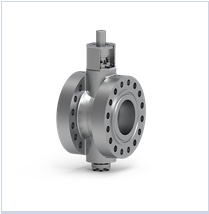Question
-
How can we control the undesirable reactions in catalytic naphtha reforming (SRR Unit) (fixed bed reactors) in order to enhance the Octane Number and Hydrogen Purity?
Jun-2022
Answers
-
Marcio Wagner Silva, Petrobras, marciows@petrobras.com.br
The most common side reactions in Catalytic Reforming Units is the hydrocracking which are favoured by lower temperature (the hydrocracking reactions are exothermic), higher hydrogen pressure and lower space velocities. In this sense, a good way to minimize the risk of hydrocracking occurrence is to operate under higher temperature, lower hydrogen pressure and high space velocities. In other words, it's important to avoid the operation of the catalytic reforming with low feed flow rate and under low severity.
Aug-2022
SPONSORS

















